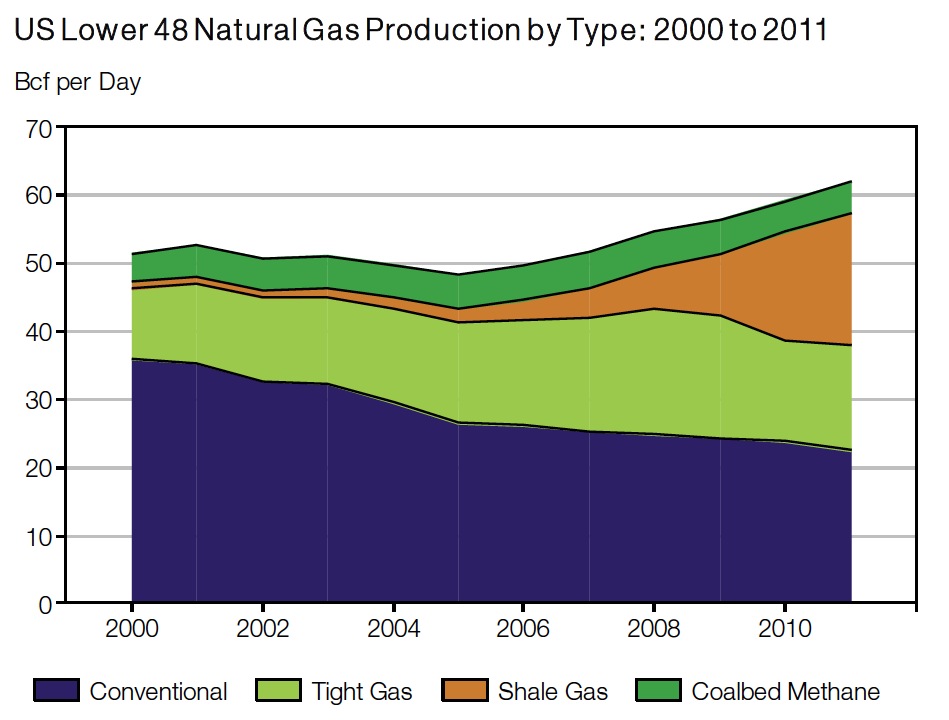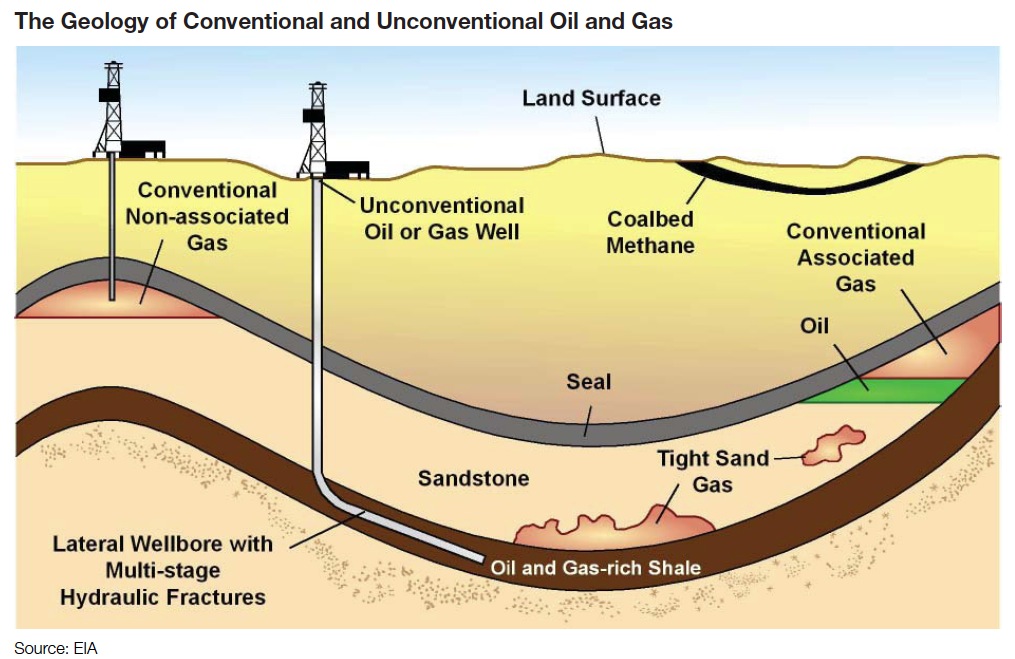IHS
An unconventional oil and natural gas revolution is transforming America’s energy economy, with far-reaching impacts on the US economy. It has already created over 1.7 million jobs and, by the end of the decade, will have contributed a total of nearly 3 million jobs. Against a backdrop of a historically slow economic recovery and persistently high unemployment following the Great Recession, the surge in spending associated with unconventional oil and natural gas activity is proving to be an important engine for jobs creation.
America has the opportunity to benefit from a new energy future quite different—and much more positive— than that envisioned just half a decade ago. The opportunity is fueled by a growing domestic supply of oil and natural gas unlocked by a series of technological innovations, primarily the combination of horizontal drilling with hydraulic fracturing, but also by advances in seismic imaging and other technologies.
How important is unconventional oil and natural gas to the United States? In just five years, unconventional oil and natural gas activity has thrust the nation into an unexpected position. It is now the global growth leader in crude oil production capacity growth, adding nearly 1.2 million barrels per day (mbd) of capacity.And the United States is now the largest natural gas producer, at 65 billion cubic feet (Bcf) per day. Additionally, unconventional activity is spurring the growth of natural gas liquids (NGLs) production, adding over 500,000 barrels of oil equivalent (boe) per day since 2008. This has brought the total increase in oil production capacity to some 1.7 mbd since 2008.
Unconventional Gas
Over the past five years, US natural gas production has risen from 52 billion cubic feet (Bcf) per day to 65 Bcf per day—a 25% increase. This rapid rise was driven primarily by shale gas production. Today shale gas accounts for 37% of total natural gas production. In 2000, shale gas accounted for just 2% of total natural gas production.
Today, unconventional natural gas—which includes shale gas, as well as natural gas from tight sands formations and coal bed methane—accounts for nearly 65% of US natural gas production. Natural gas production is currently growing faster than demand, creating a temporary surplus. By the end of the decade, natural gas production will likely reach nearly 80 Bcf per day—almost 75% of which will originate from unconventional activity.
This rapid rise in unconventional production has also enhanced US energy security. Five years ago, because of constrained production, the United States seemed locked into importing increasing amounts of liquefied natural gas (LNG), heading toward eventually spending as much as $100 billion dollars for those imports. Now, these newly unlocked resources ensure that the United States will need, at most, minimal LNG imports to balance supply with demand. Instead of debates over US imports, there is a discussion today about exporting some of the domestic surplus, as well as the potential for using natural gas in some classes of vehicles.
About IHS
www.ihs.com
“IHS is a global information company with world-class experts in the pivotal areas shaping today’s business landscape: energy, economics, geopolitical risk, sustainability and supply chain management. We employ more than 5,500 people in more than 30 countries around the world. “
Tags: Coalbed methane, Fracking, Hydrofracking, IHS, Natural Gas, Oil, Shale








 RSS Feed
RSS Feed